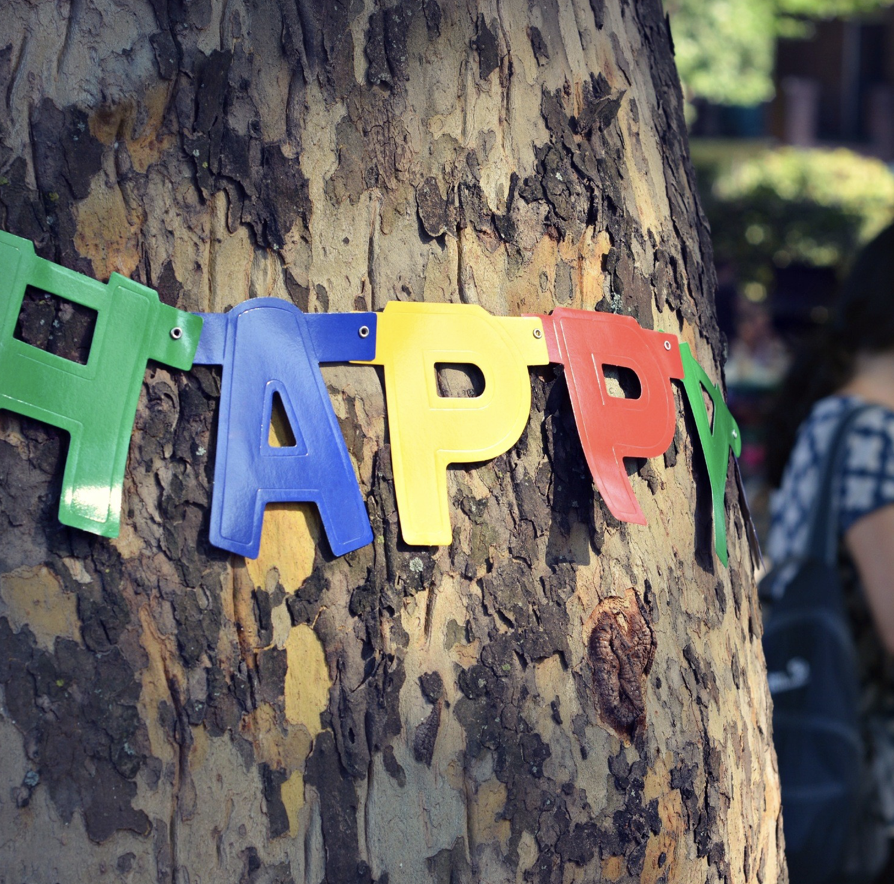Sunnyside gardens
What makes sunnyside gardens a hidden gem...
Many things make Sunnyside Gardens a hidden gem. Lets take a look.




A Garden City in Queens
We most often associate modern architecture with technological innovations that enabled feats of construction unimaginable before the late nineteenth century. But an equally central component of the Modern Movement from its inception was a widespread urge to use architecture as a tool for social betterment. The reform initiatives that first arose in Europe in response to the environmental and human impact of the Industrial Revolution—dire conditions that were brought to the attention of a broad reading public by popular novelists including Dickens, Hugo, and Zola—led to a parallel realization about the future of architecture. As perceptive theorists recognized, the only effective way to nurture the vast new class of factory laborers was to rethink the basic premises of city planning, and workers’ housing in particular. Indeed, the desire for economic growth and stability advanced the demand for decent urban dwellings as much as any humanitarian impulse.
In Sunnyside Gardens: Planning and Preservation in a Historic Garden Suburb, a thoughtful, thorough, and bracingly corrective study of twentieth-century American housing reform at its finest, Jeffrey A. Kroessler focuses on Sunnyside Gardens of 1924–1928 in the New York borough of Queens, which presented a particularly distinguished solution to the need for affordable metropolitan housing. After nearly a century this quiet enclave remains a vital and sought-after middle-income residential redoubt in a city whose Manhattan skyline now bristles with supertall, superthin condominiums for the superrich.
Kroessler, who teaches at CUNY’s John Jay College of Criminal Justice, retraces the history of Sunnyside Gardens’ creation, as well as the interactions of design professionals, civic leaders, and financial backers who brought it into being. He also dicusses the current state of this remarkably intact survivor, which New York City’s Landmarks Preservation Commission designated a historic district in 2007.
Sunnyside Gardens follows the precepts of the Garden City Movement, founded by the British housing reformer Ebenezer Howard in 1898 (when he published his rousing manifesto To-morrow: A Peaceful Path to Real Reform, substantially revised and reissued four years later as Garden Cities of To-morrow). Unlike the great British polymath and design reformer William Morris, Howard was not a socialist. Although Howard believed that the state should play no part in city planning, his vision of “the social city” was meant to bridge the divide between socialism and individualism, and most of his followers were socialists, many of the Fabian variety. Howard insisted that ever-expanding metropolises were inherently and inevitably destructive to healthful societal development, and that the way of the future must instead be medium-sized, self-sufficient satellite cities surrounded by deep buffers of undeveloped land (“greenbelts,” as they became known). The low-rise, low-density Garden City soon became the ideal among the most progressive urbanists during the middle third of the twentieth century, when most of the government-sponsored housing in Europe and the United States was constructed (although many other planning approaches were also applied, some much less successful than the Garden City).
Kroessler makes a strong case for a revival of the relatively simple and easily applicable planning principles that inspired Sunnyside Gardens, six decades after they began to be derided as hopelessly utopian and outdated by the urban activist Jane Jacobs and her followers. Instead of the built-from-scratch planned communities advocated by the Garden City Movement, Jacobs’s The Death and Life of Great American Cities (1961) proclaimed the superiority of existing urban neighborhoods that naturally evolve through pragmatic accretion, as proved, she argued, by her own home turf of Hudson Street in Manhattan’s Greenwich Village. (At that time, which now seems eons ago, it was still possible for more people with an average income to live affordably in that charming quarter, which has become much more expensive.) Her immensely influential book popularized the notion that such spontaneous growth offers a far more responsive social setting than any created from the ground up.
